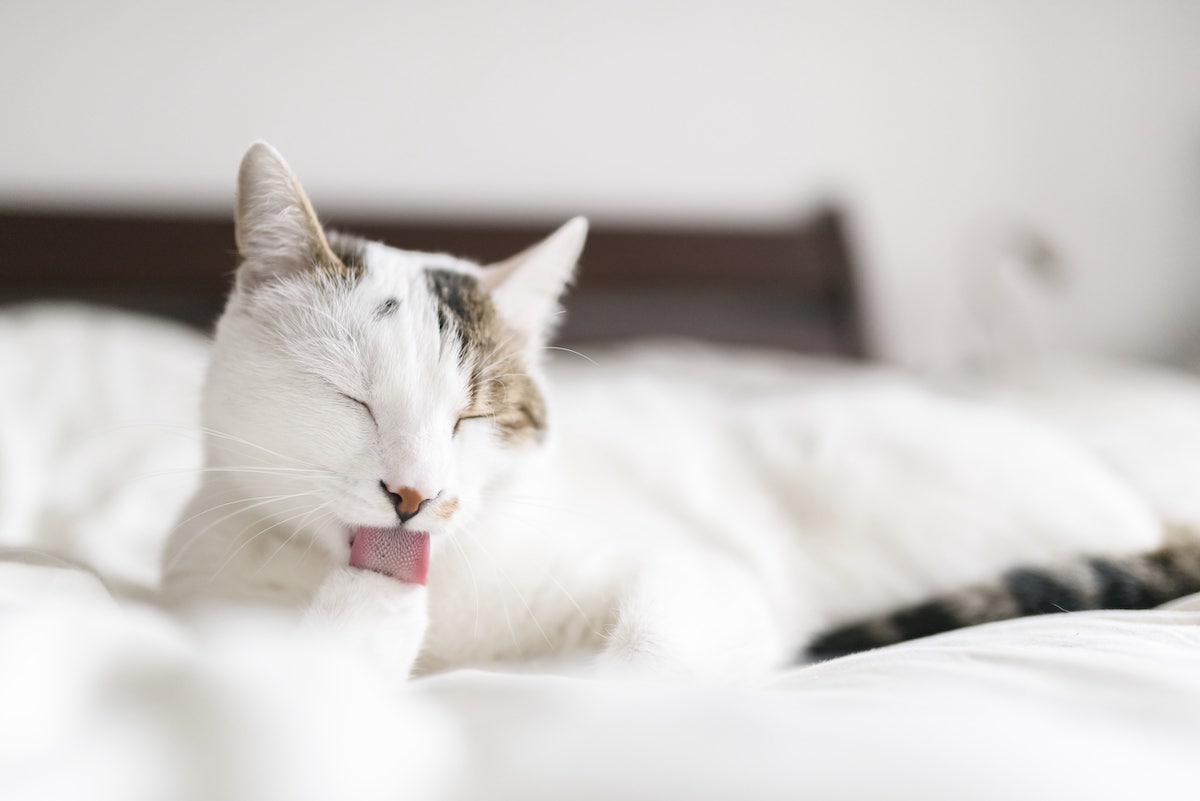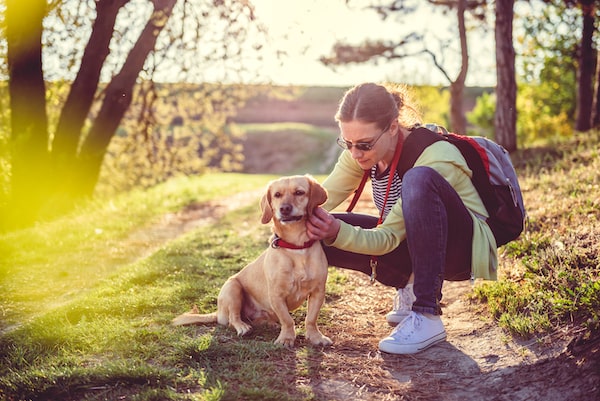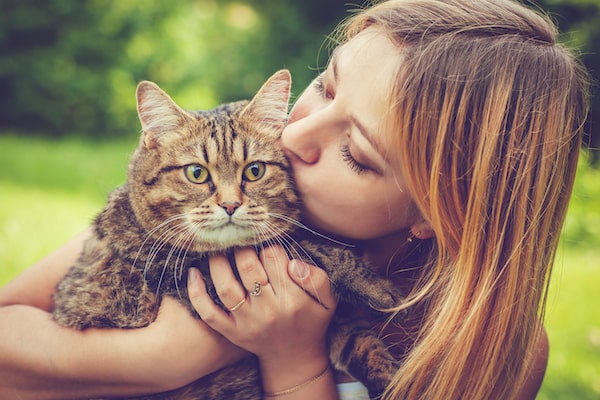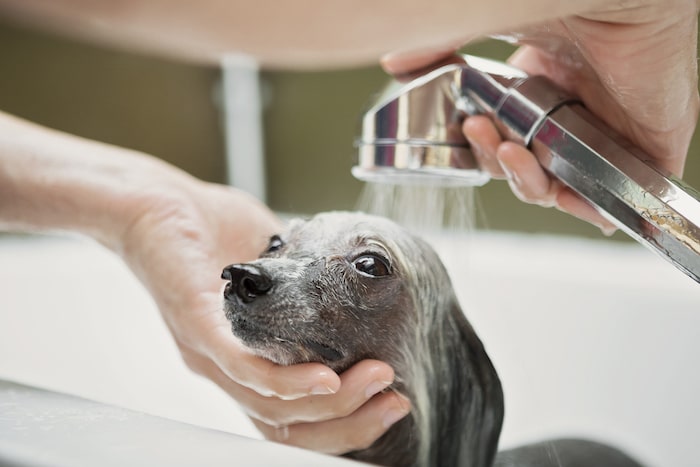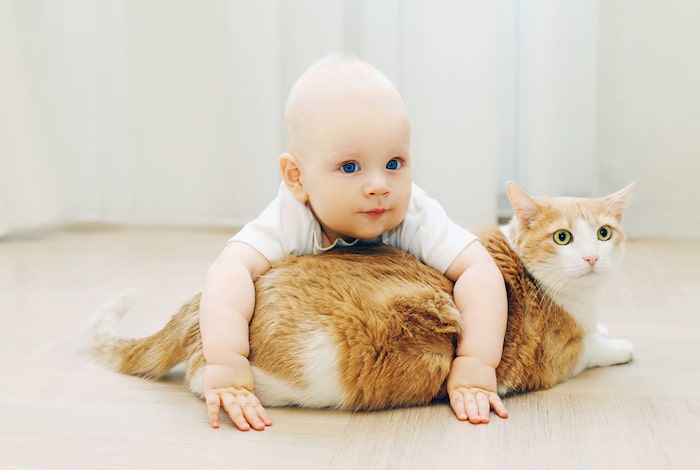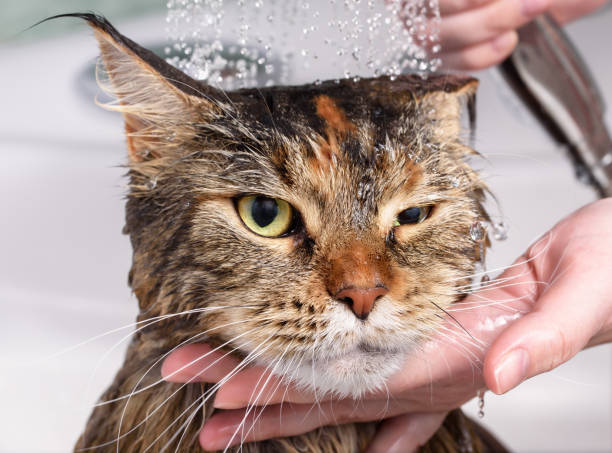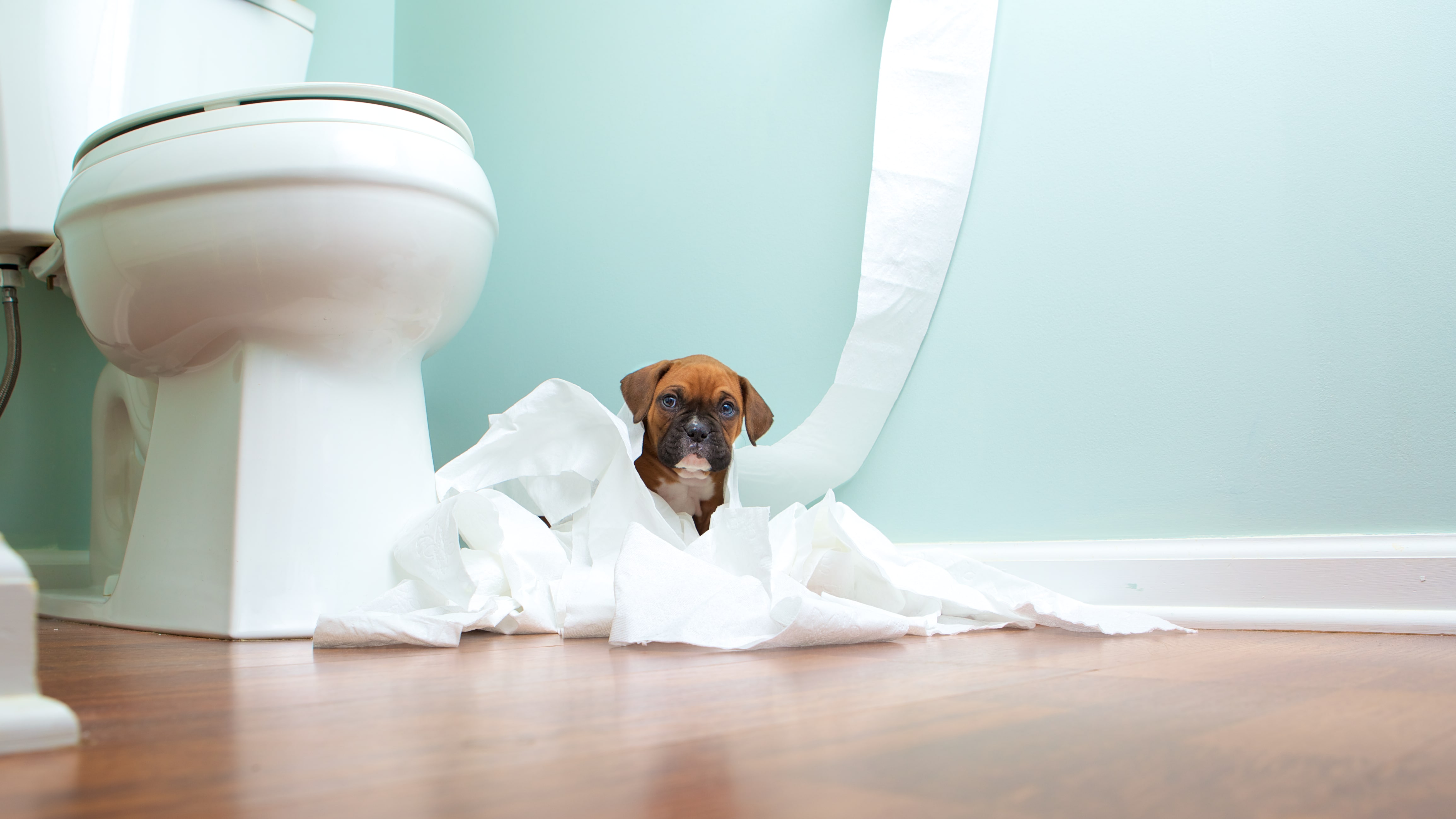
Getting a Pet to Cope With Quarantine Loneliness? Here Are 3 Costs You May Not Be Aware Of
Across the United States and beyond, individuals have turned to a wide variety of practices, activities and people to help them get through the loneliness of quarantine and stay-at-home orders. From running and hiking to playing video games and streaming TV shows, these remedies have spanned far and wide. Many have also elected to become pet parents as a way to combat their loneliness. In fact, according to a American Pet Products Association report, an estimated 11 million U.S. households have gotten a pet since the start of the COVID-19 pandemic–primarily dogs and cats.
Pets are a terrific way to bring joy into your life, and have even been found to curb the impact of depression and anxiety. That said, if you’re considering adding a puppy or kitten to your family, there are some costs you might not be aware of, particularly if you’re a first-time pet parent.
Here are three of those expenses, and how to prepare for them.
Heartworm, Flea and Tick Prevention
For new puppy and kitten owners, it’s important to know the significance of and price tags associated with heartworm, flea and tick prevention. These are three of the most common parasitic ailments for canine and feline companions, and have the ability to easily spread various other diseases, so it’s crucial to keep up with treatment for it from at an early age.
For both puppies and kittens, there are a number of heartworm, flea and tick treatments, spanning from chewable tablets to topical ointments. For a monthly supply of heartworm medication, pet parents can expect to pay anywhere from $5 to $15, according to the American Association of Animal Hospitals. Flea and tick medication typically runs around $50 for a three month supply.
Oral Exams and Dental Cleanings
Many pet parents are unaware of just how essential (and pricey) oral exams, dental cleanings and other related work can be for your puppy or kitten. The AAHA recommends getting an oral exam and dental cleaning at least once per year for cats and dogs. Additionally, PetMD suggests brushing your pet’s teeth two to three times per week to prevent the likelihood of gingivitis and other related diseases.
According to Pawlicy Adviser, dental cleanings generally cost anywhere from $300 to $700. The exact price point depends on length of treatment, whether or not x-rays were taken and other factors. While these numbers might seem overwhelming at first glance, by investing in comprehensive pet insurance along with considering all your other financing options, rest assured that there are affordable ways available to help you cover these expenses. More on that below.
Grooming Costs
Your puppy or kitten’s age, breed, along with where your family lives plays a big part in determining grooming costs, but here are some general facts and figures as a benchmark. For puppies, expect to pay anywhere between $40 and $75 per trip to the groomer. As for frequency, the American Kennel Club recommends dogs going to the groomers at least once per month. As an example, pugs will typically cost $40 per session, while larger breeds like Saint Bernards and Newfoundlands cost over $100.
For kittens, many owners opt to take care of the grooming on their own by brushing them once per day for long-haired breeds, and once per week for medium and short-haired breeds. However, if you choose to take your cat to the groomers, expect to pay anywhere between $50 and $75, based on the national average.
How to Afford These Costs
Invest in Pet Insurance
Did you know that approximately 70% of families in the United States own a pet, but only 2% have pet insurance? Insurance policies can help pet parents cover many of the costs outlined in this article partially, or in full. And with 1 in 3 pets needing an emergency procedure in the U.S. on an annual basis, on average, it’s certainly a worthwhile investment to consider as a new pet owner.
Unsurprisingly, different plans and providers come with different price tags, but expect to pay around $47 per month for basic dog coverage and $29 per month for cats. Breed, prior health conditions and other factors will also play a role on your rate.
Set Aside Money into an “Emergency Fund”
The American Pet Products Association recently found that the average cost of emergency veterinary treatment in the United States ranges from $800 up to $1,500. For many families, this expense ends up being a financial hit at best, and impossible to afford at worst. Emergency vet expenses can, unfortunately, come at any time for pet parents, so it’s a good idea to prepare by setting money aside in advance. For example, this “emergency fund” could be a separate bank account you put money into on a monthly basis based on your financial situation, a jar you put a weekly allowance into, or something else entirely.

Know Your Financing Options
Nowadays, new puppy and kitten owners also have other options available to them. With financing providers like Scratchpay, you have the option of splitting up all your vet bills into smaller, more manageable payments over time–from your pet’s annual dental cleaning to monthly medication costs. And with Scratchpay having the industry’s highest client approval rates and payment plans starting at 0% APR financing, your family can get the care they need now without having to worry about added costs later.
"To a new pet parent, the costs of care can often seem overwhelming simply because of all of the new information they need to learn,” says Angela Morisette, Director of Partnerships at Scratchpay. "By providing your clients with multiple ways to break up their veterinary costs–whether with payment plans, wellness plans, or other creative initiatives–your practice can ensure new pet parents make the best choice for their family, and start their pet's health off on the right foot.”
To learn more about Scratchpay, visit get.scratchpay.com to get started today!


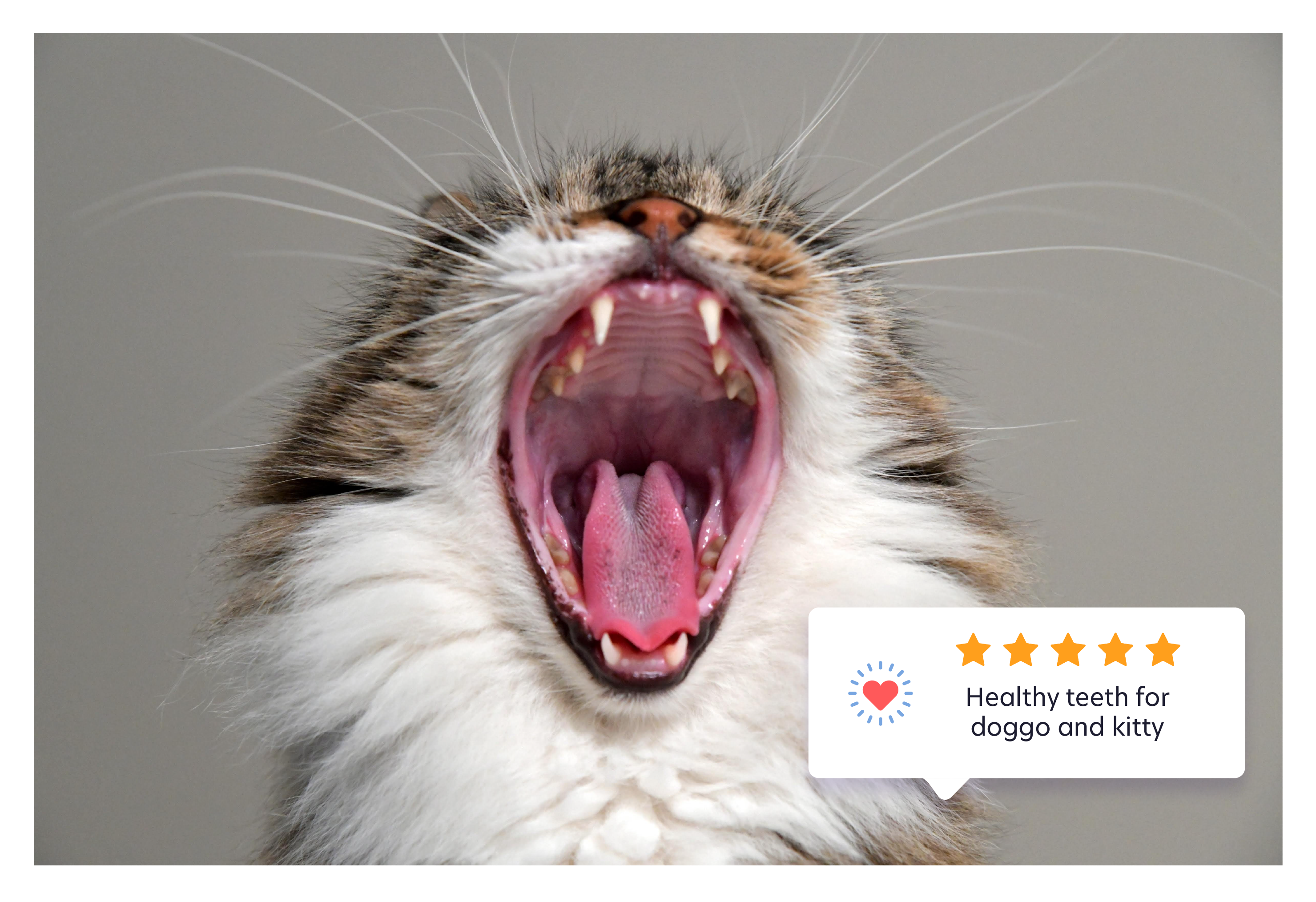
.jpg)

.jpg)

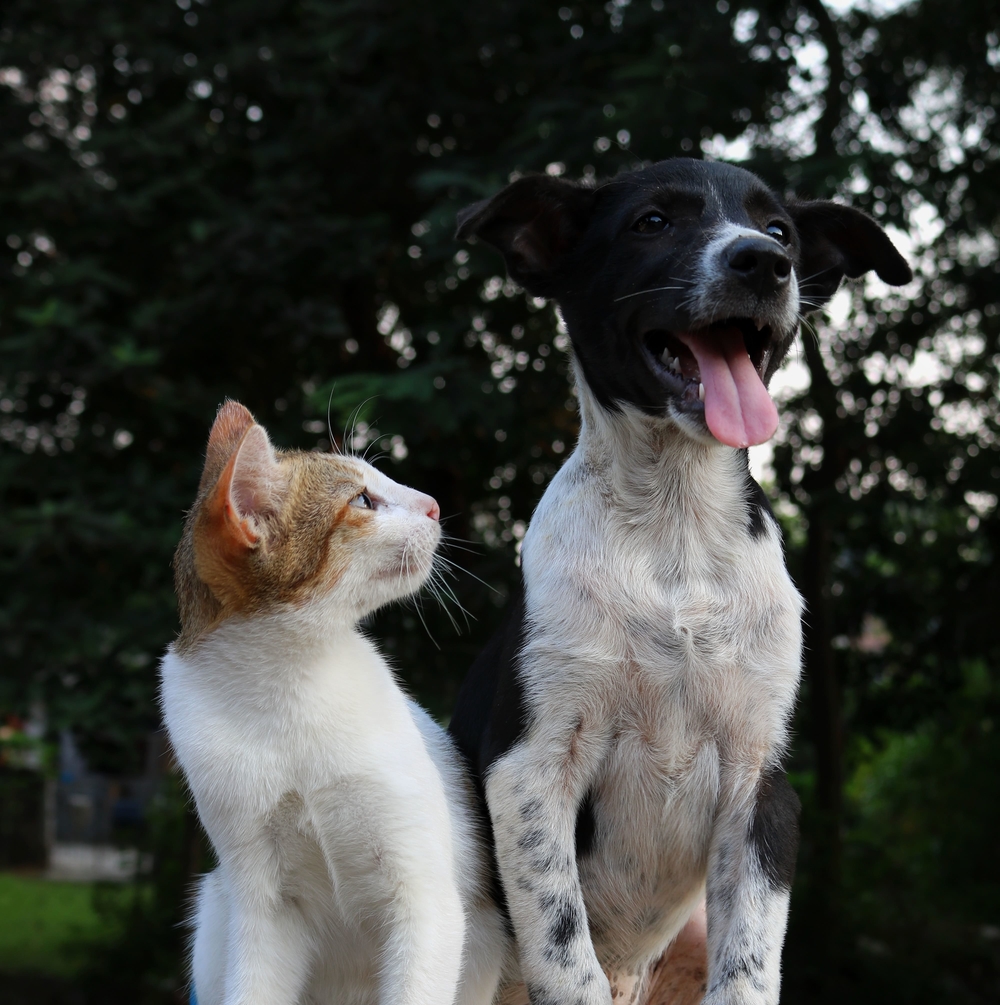


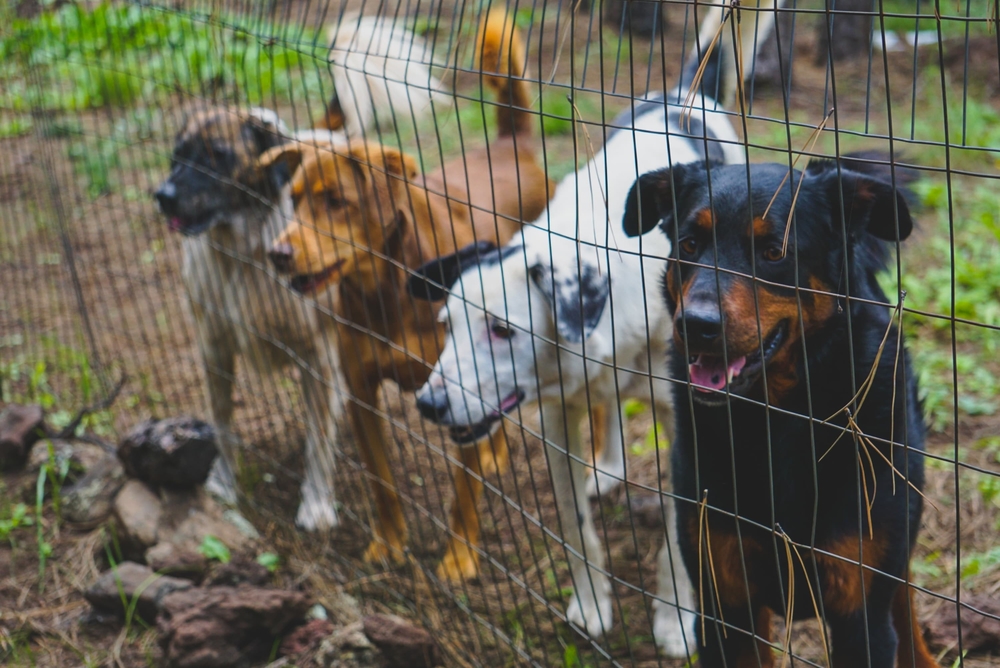
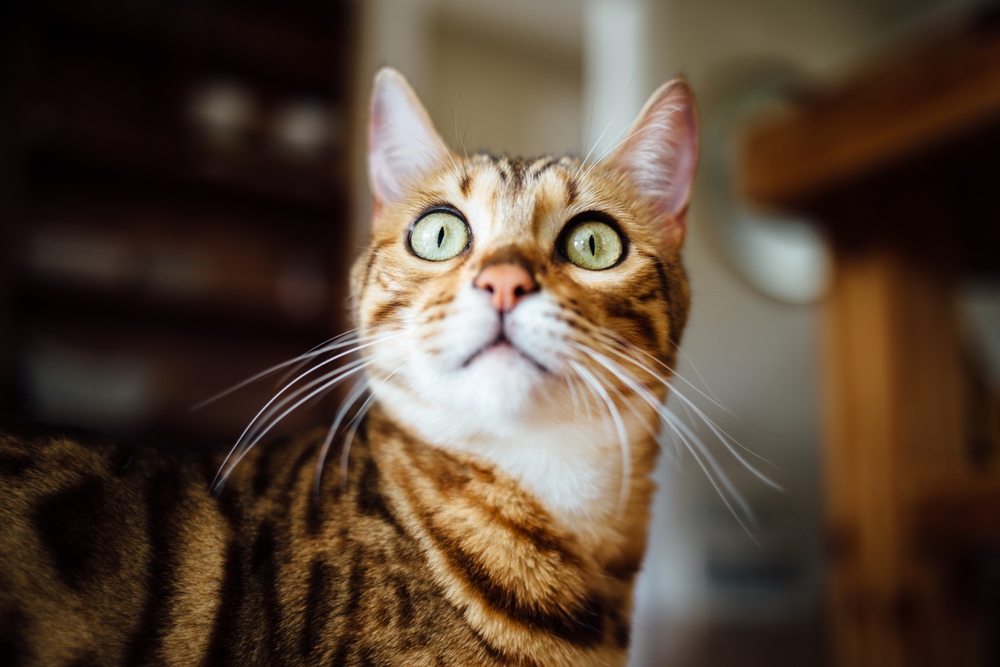






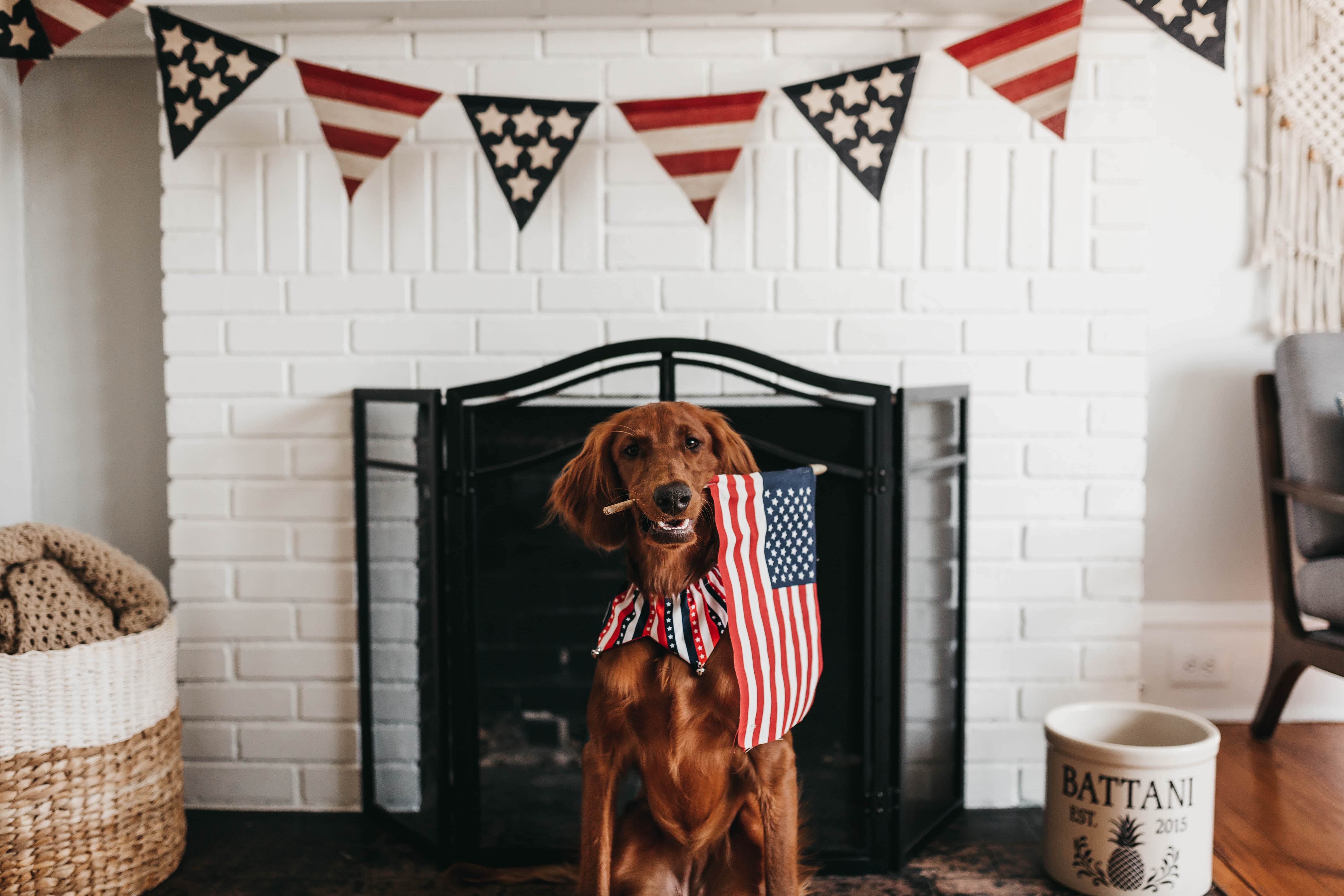


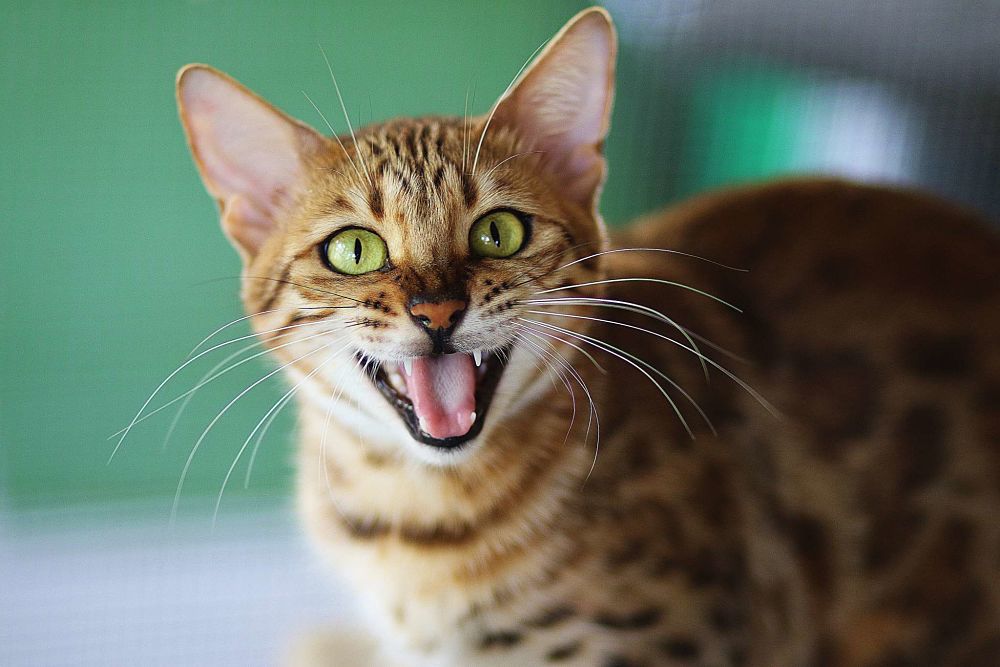


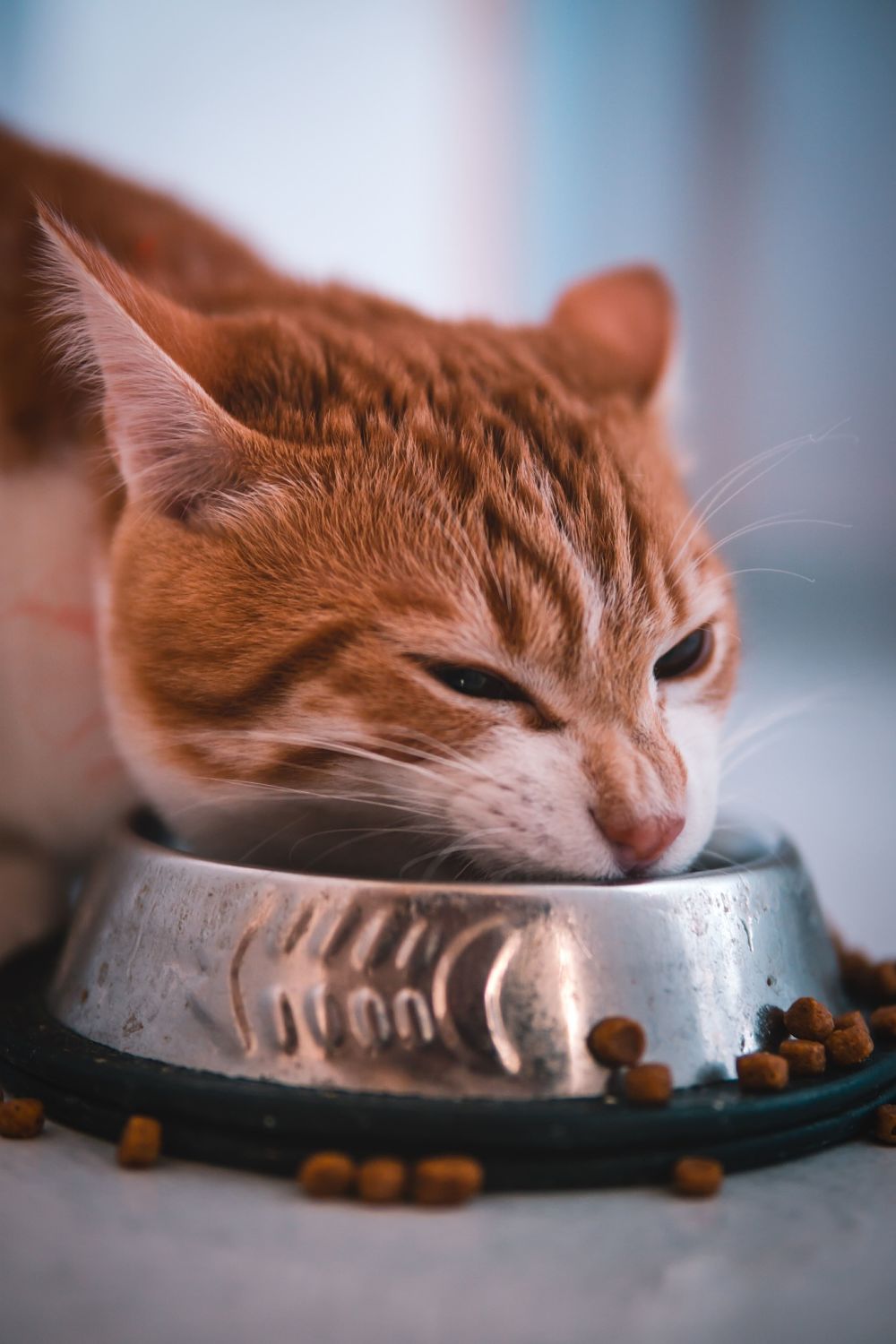




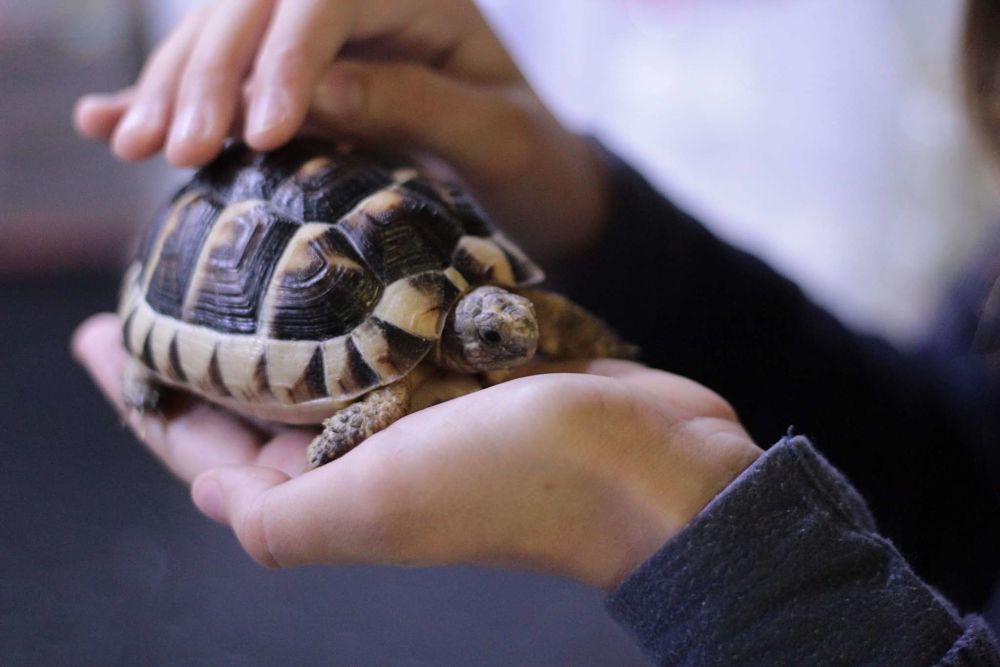
.jpg)


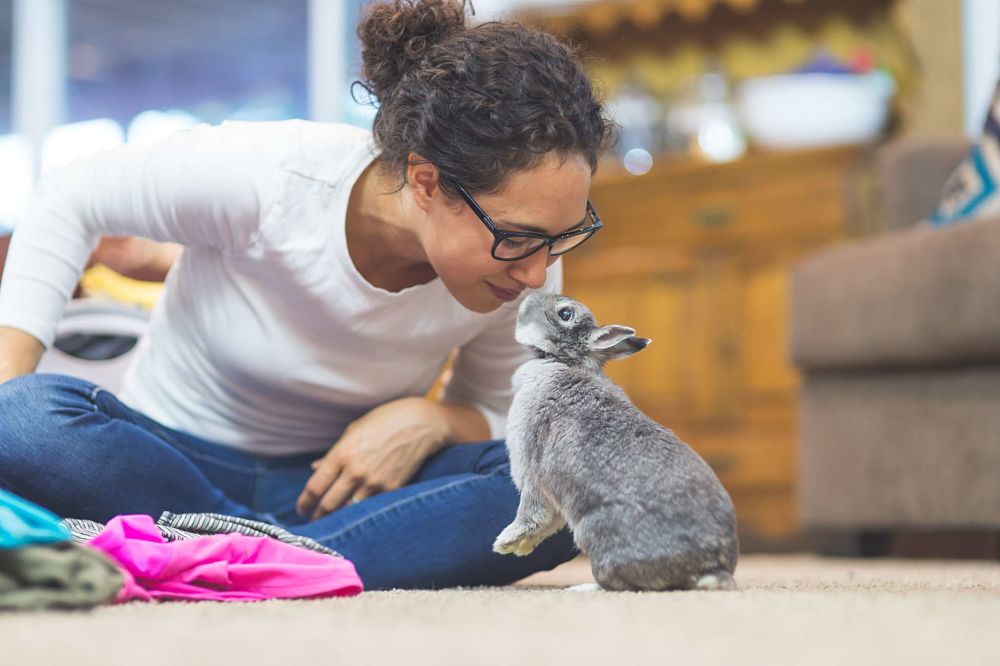


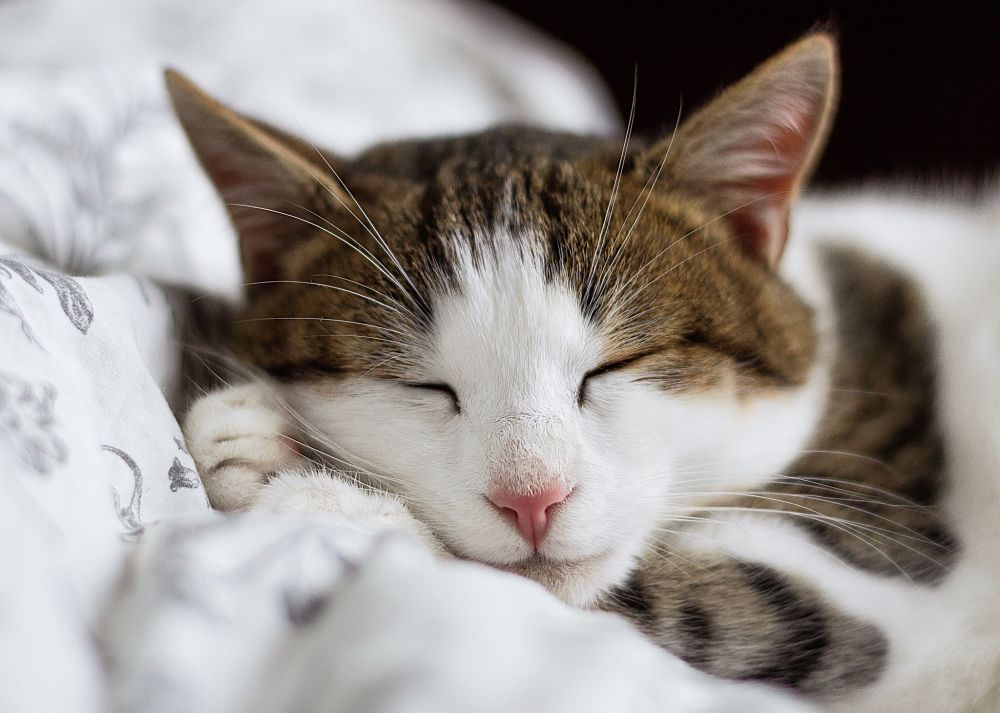
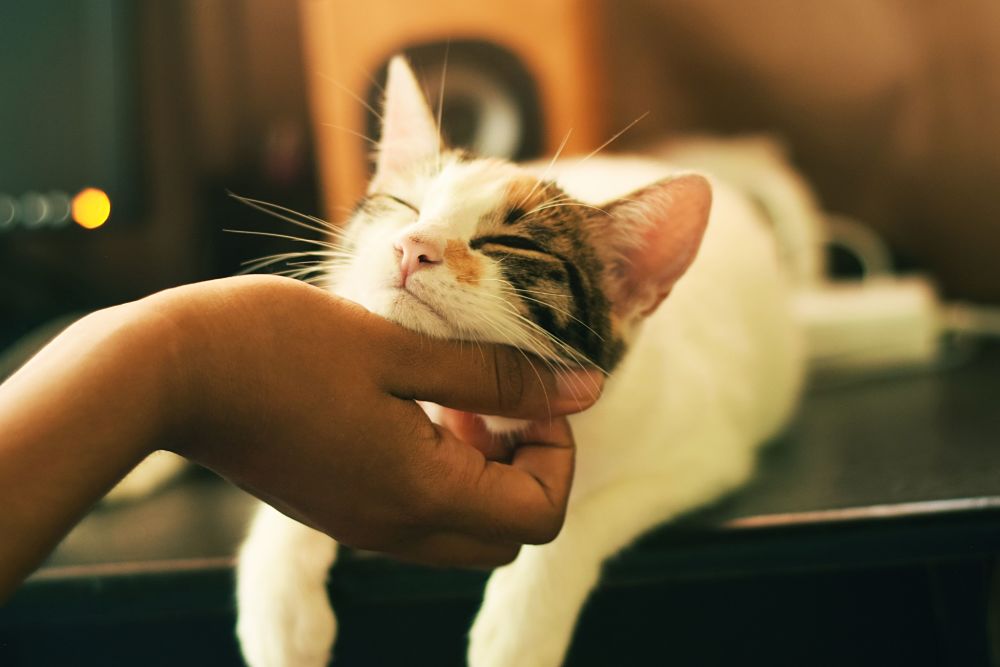


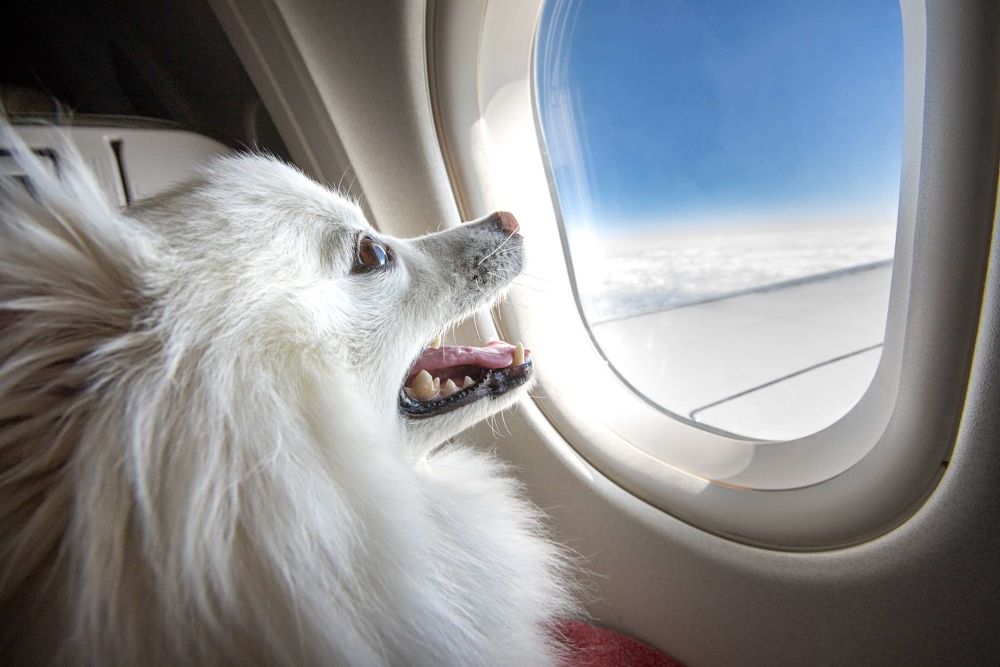

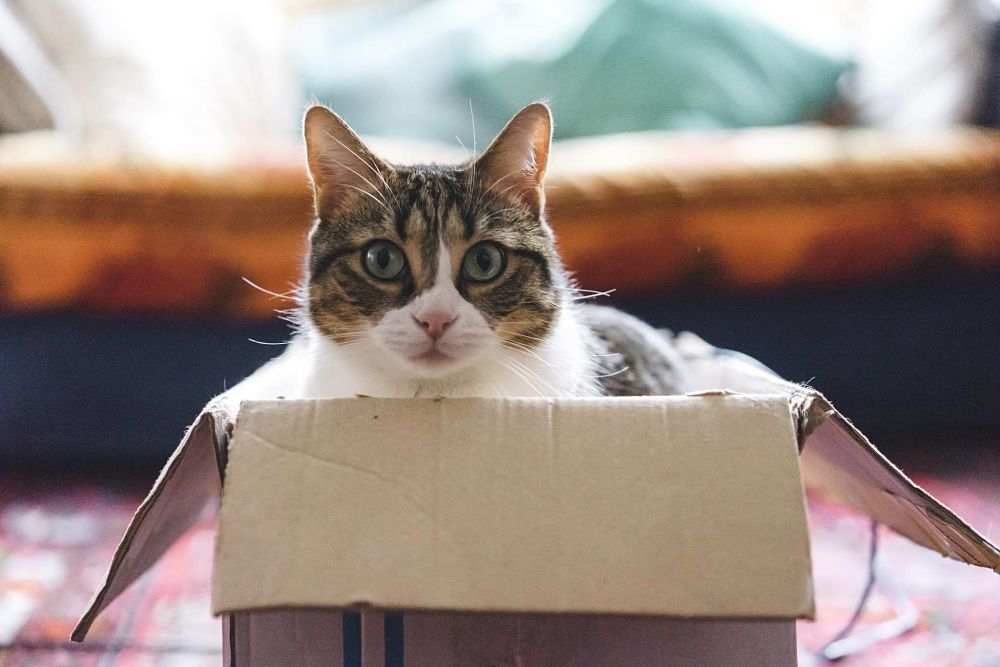

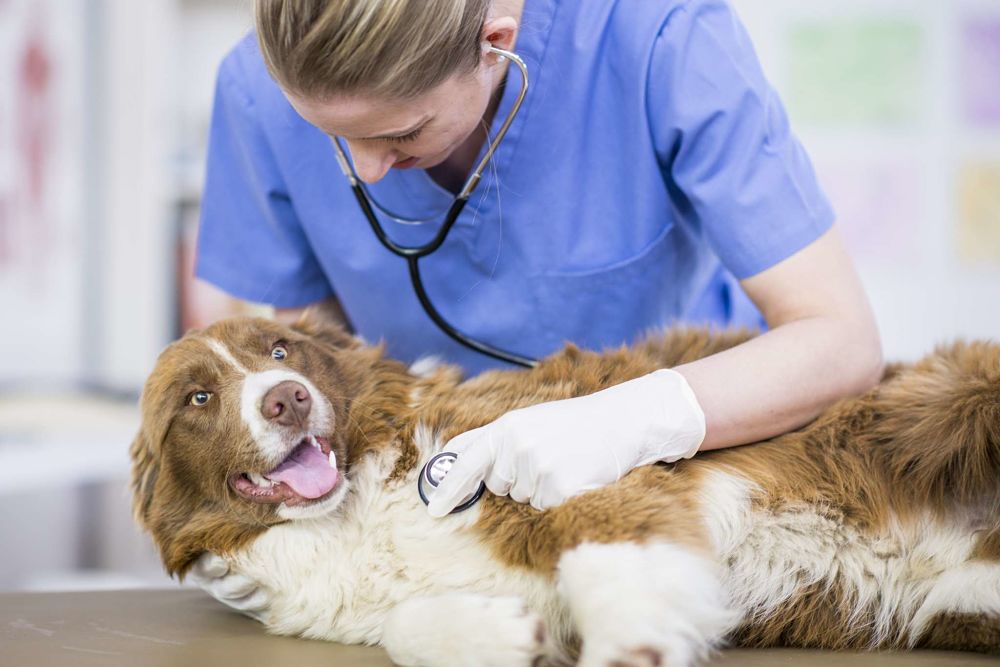
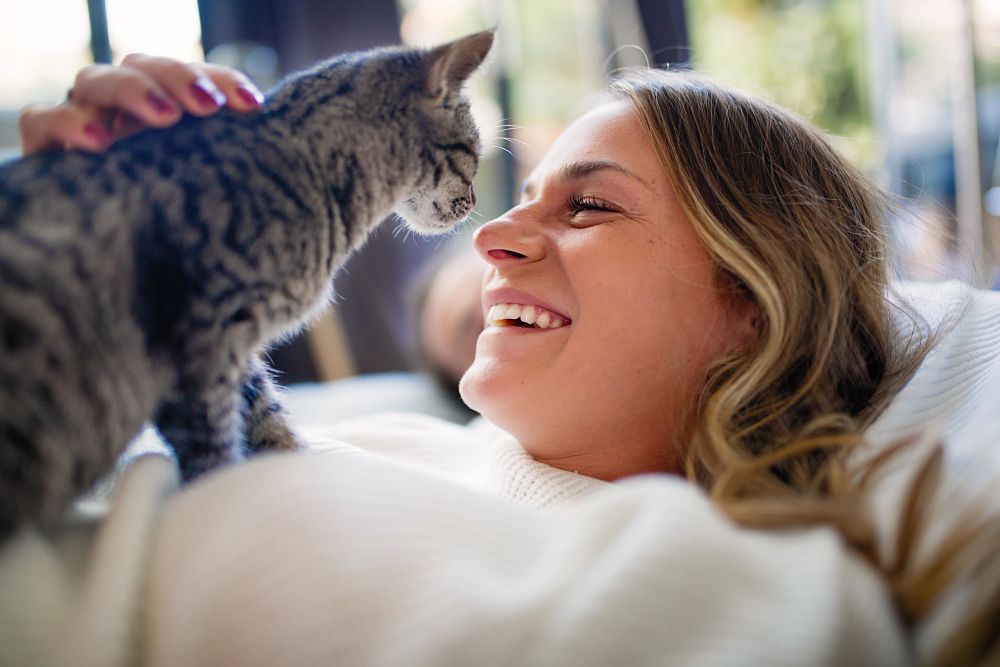





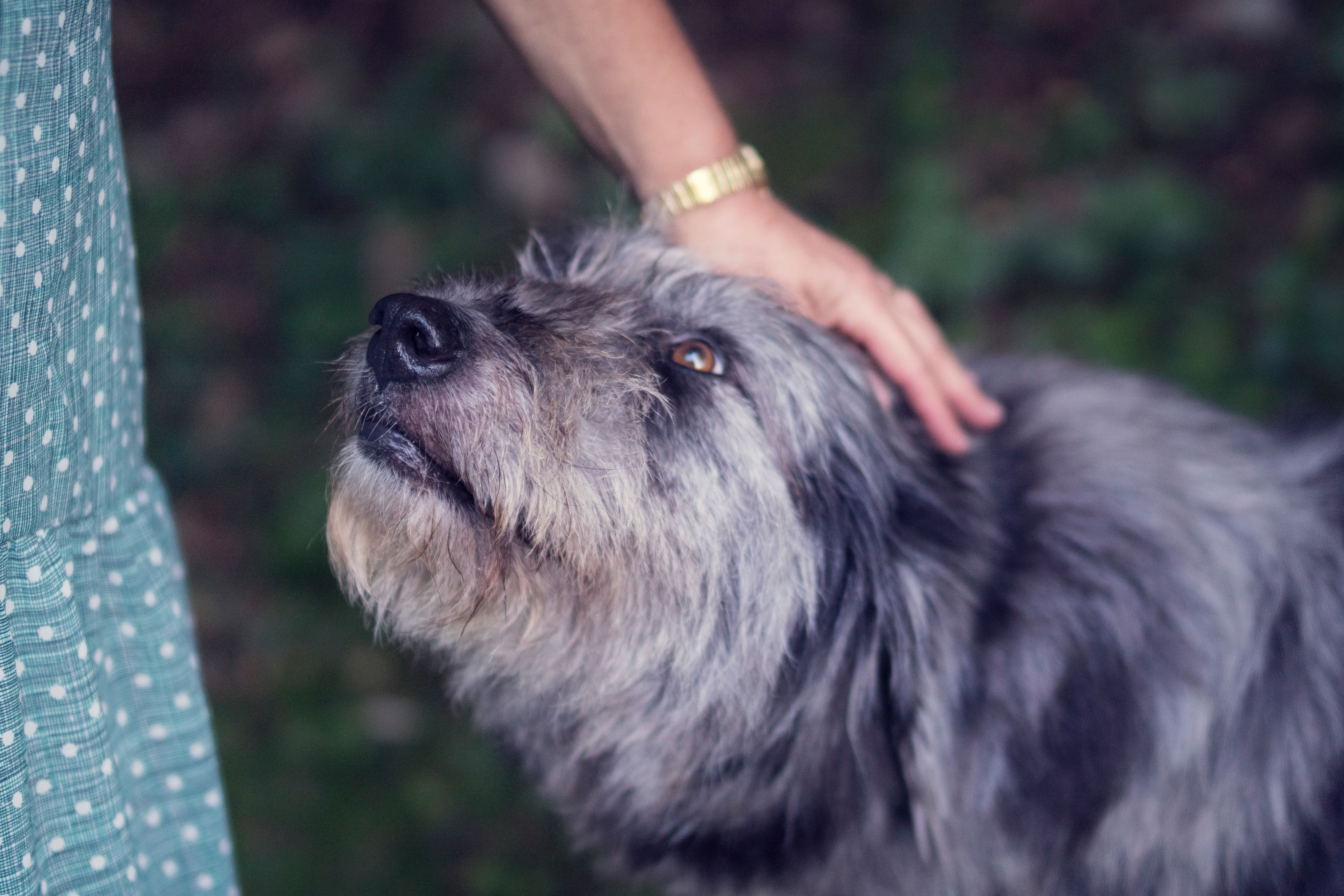
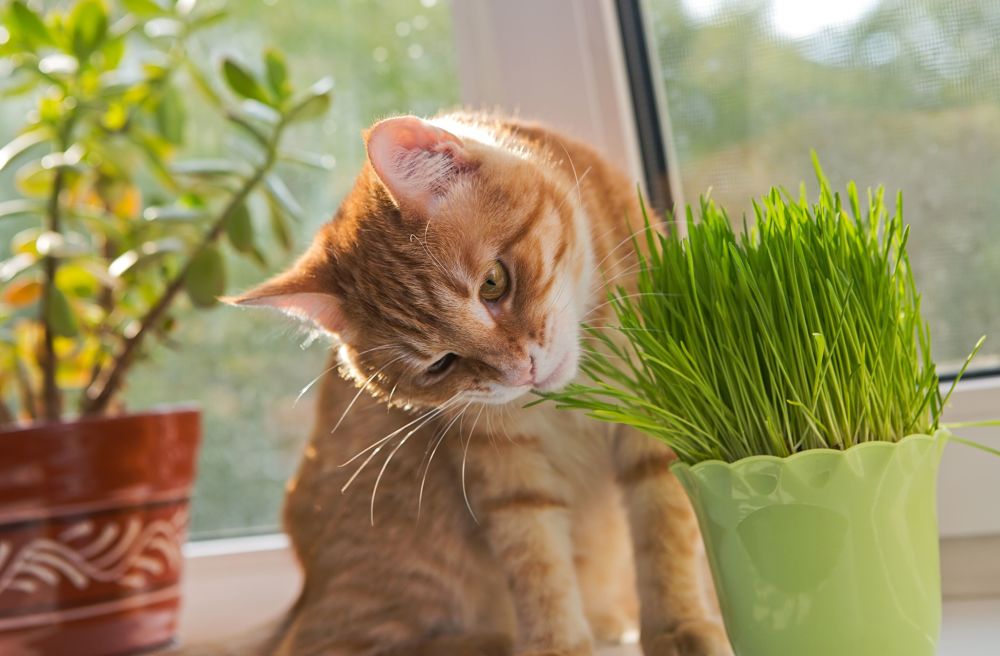

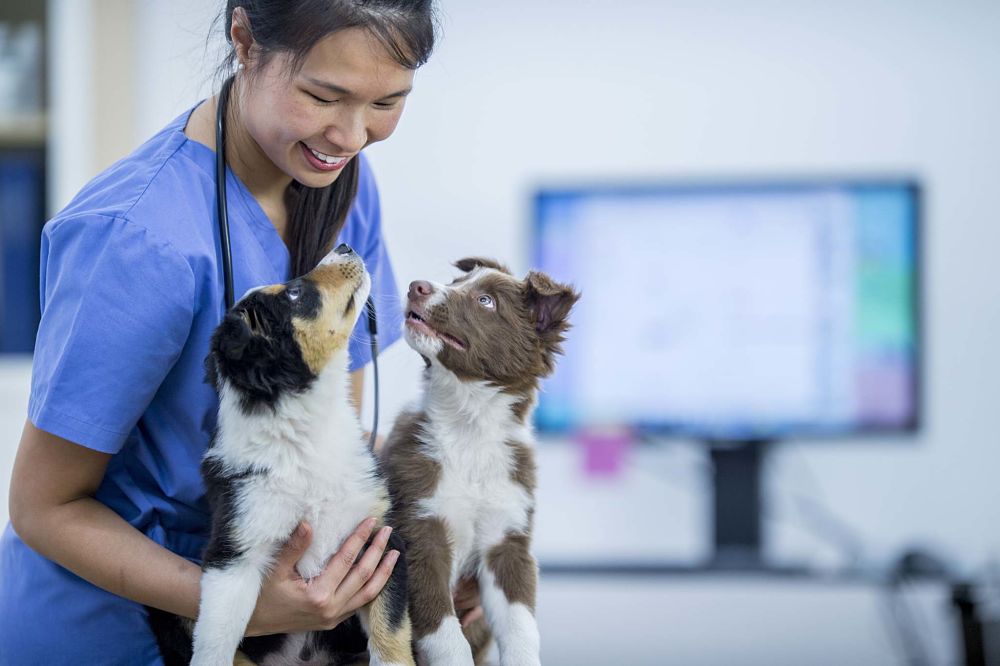

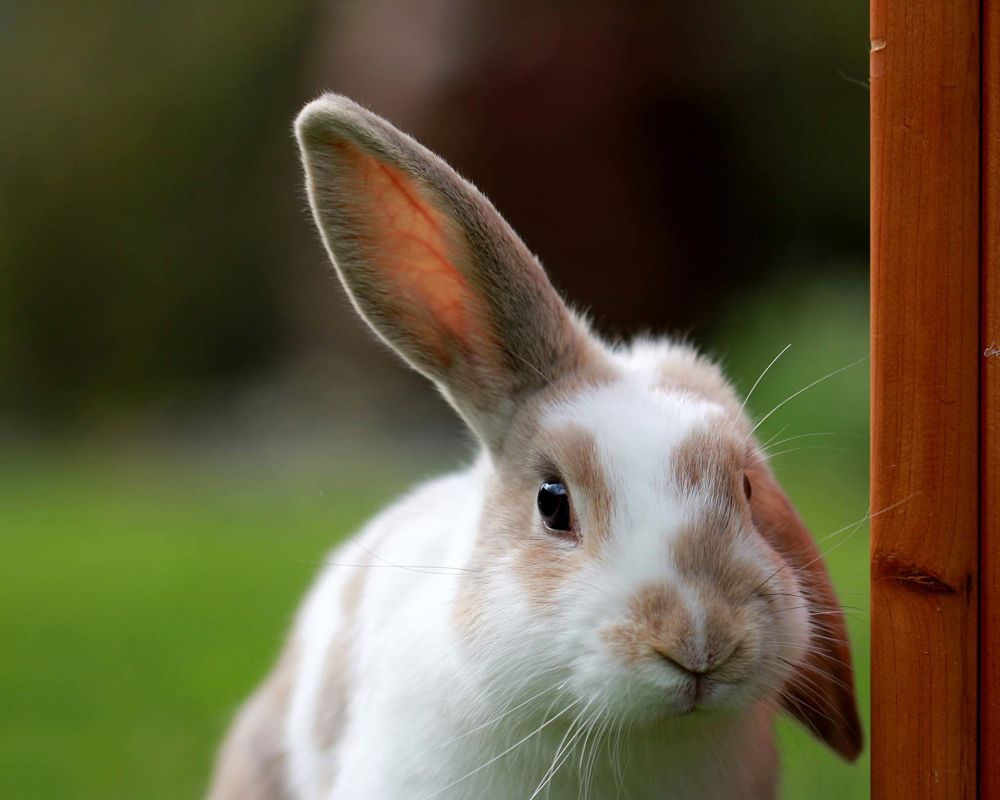
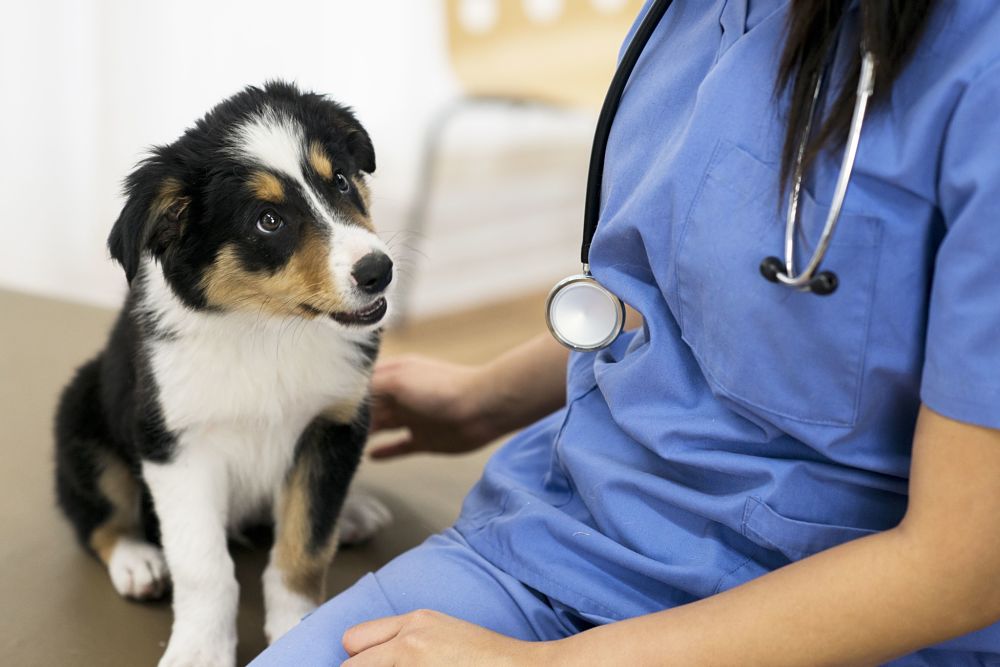




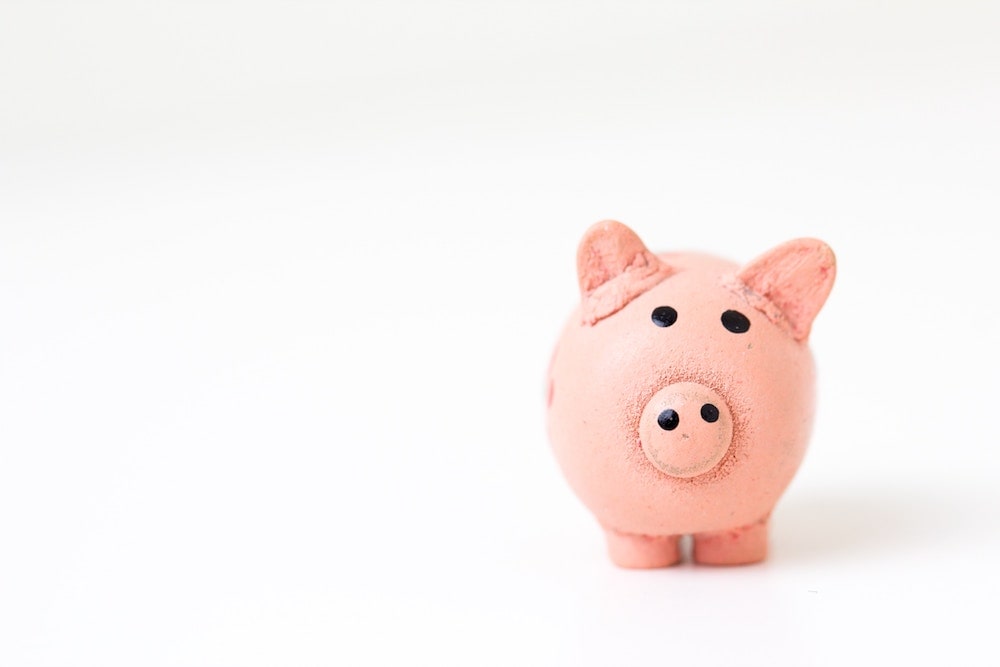
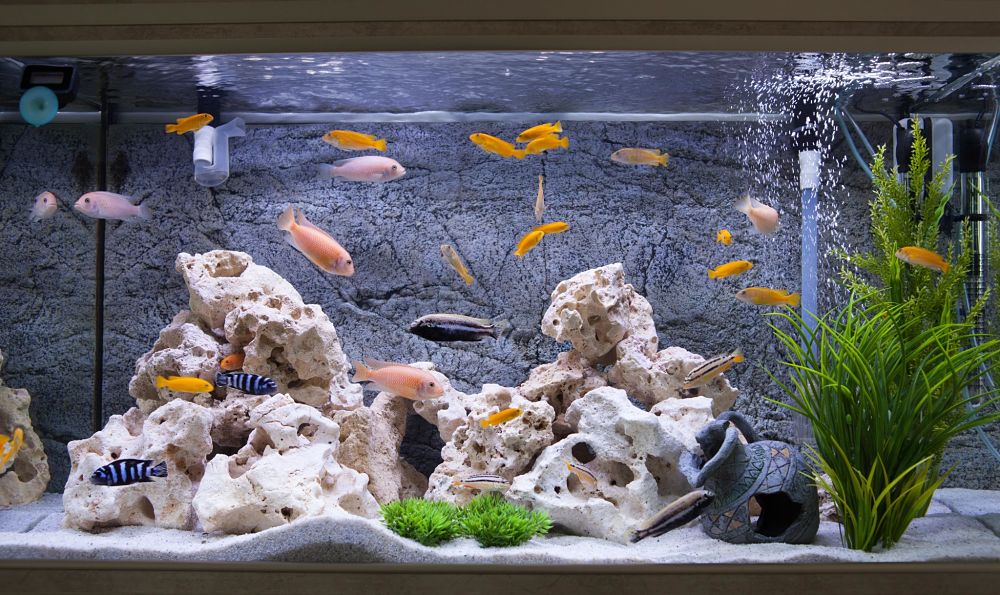
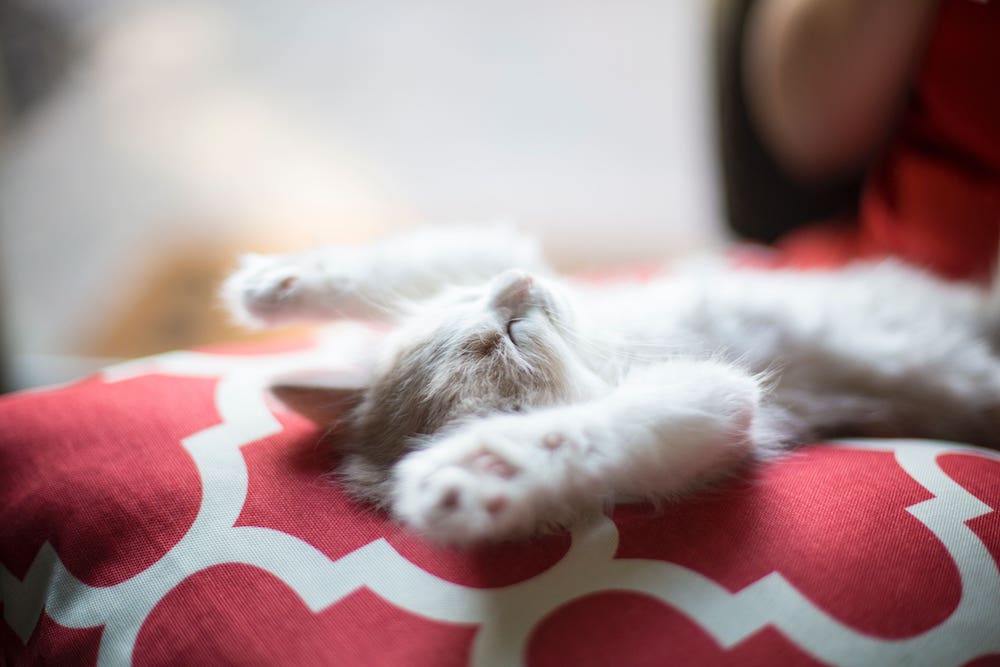
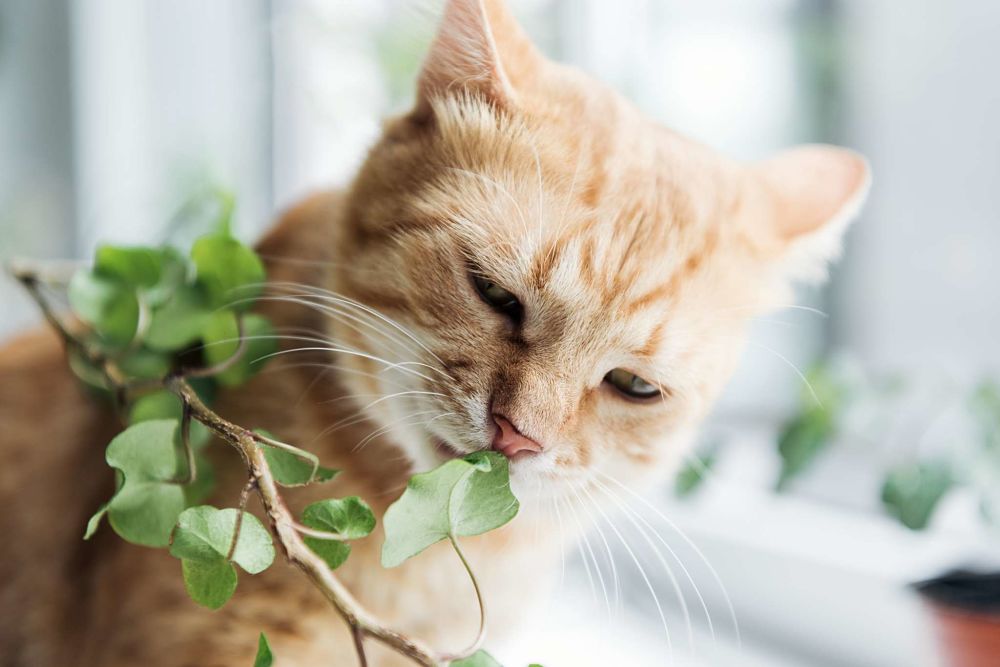
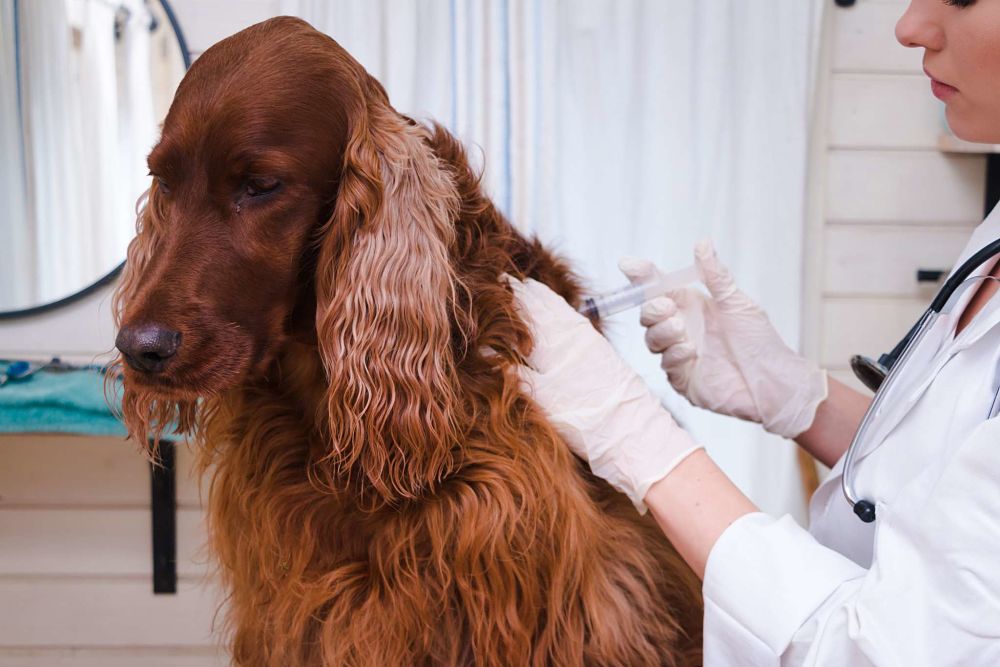
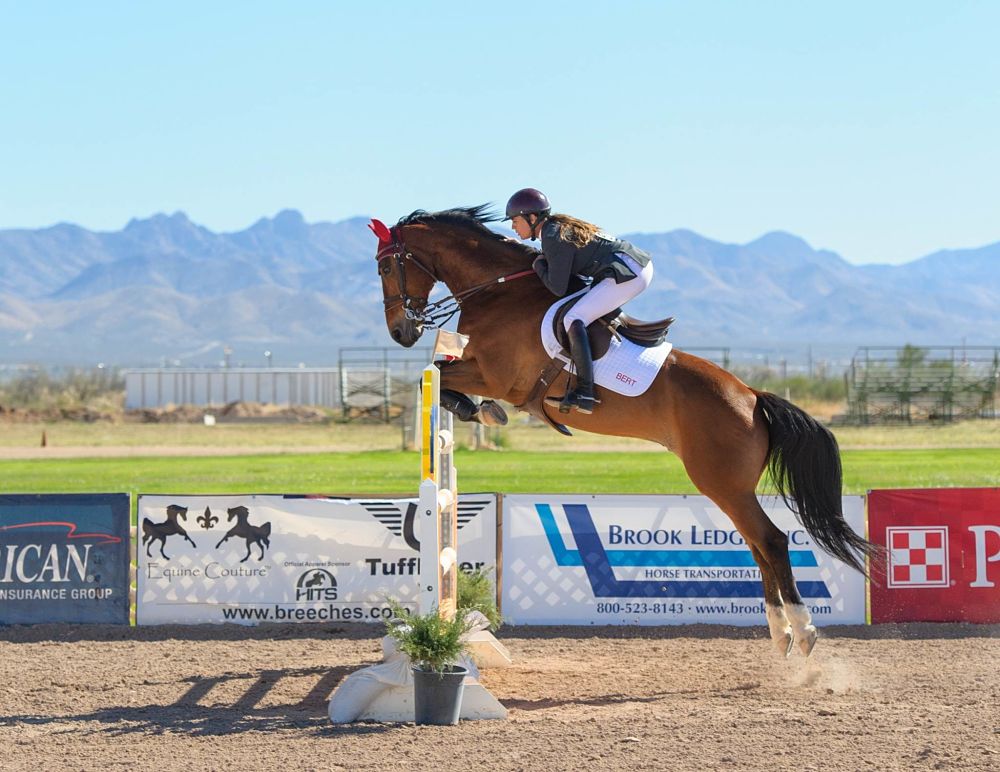

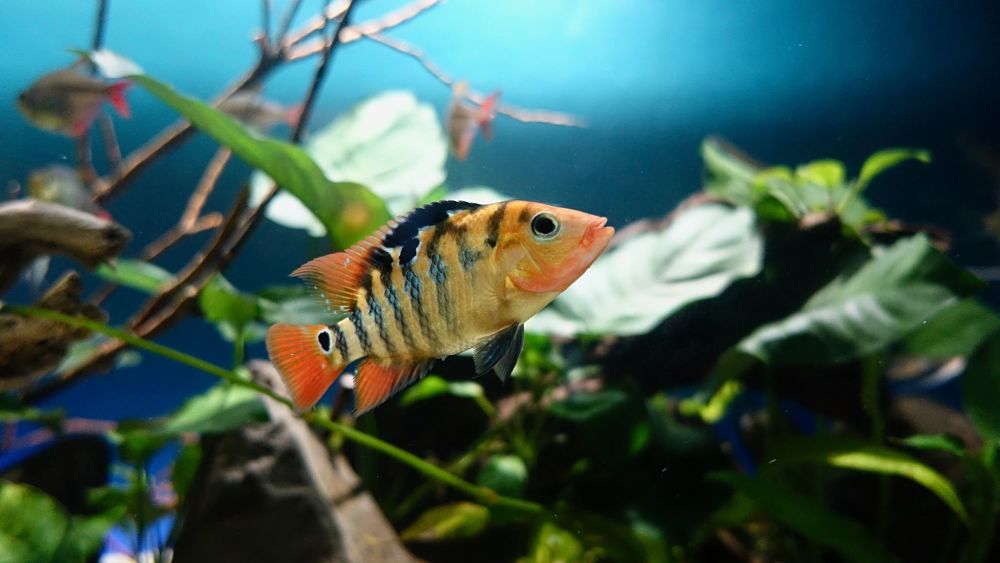
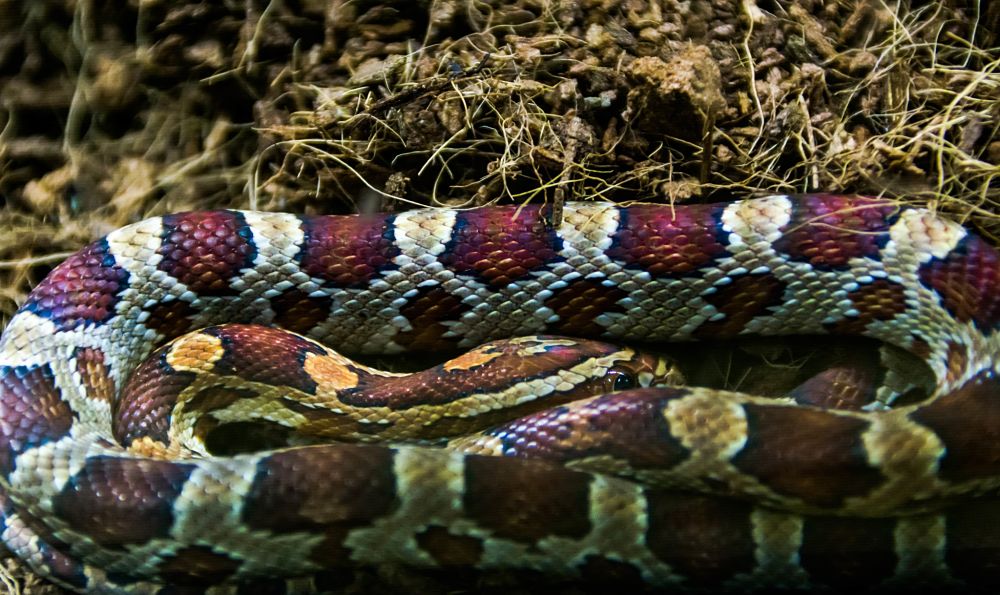
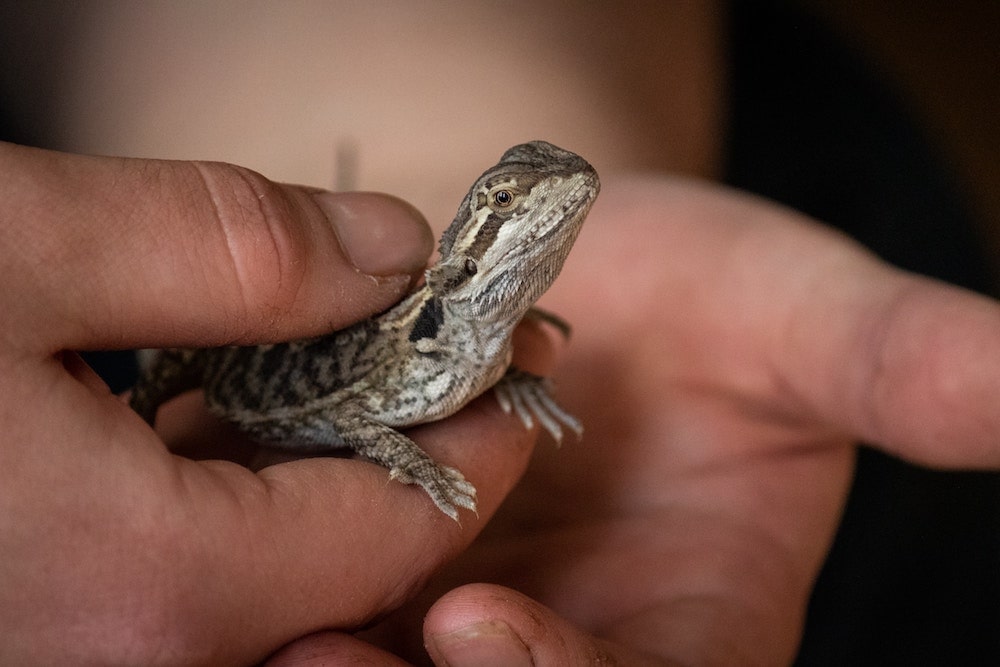


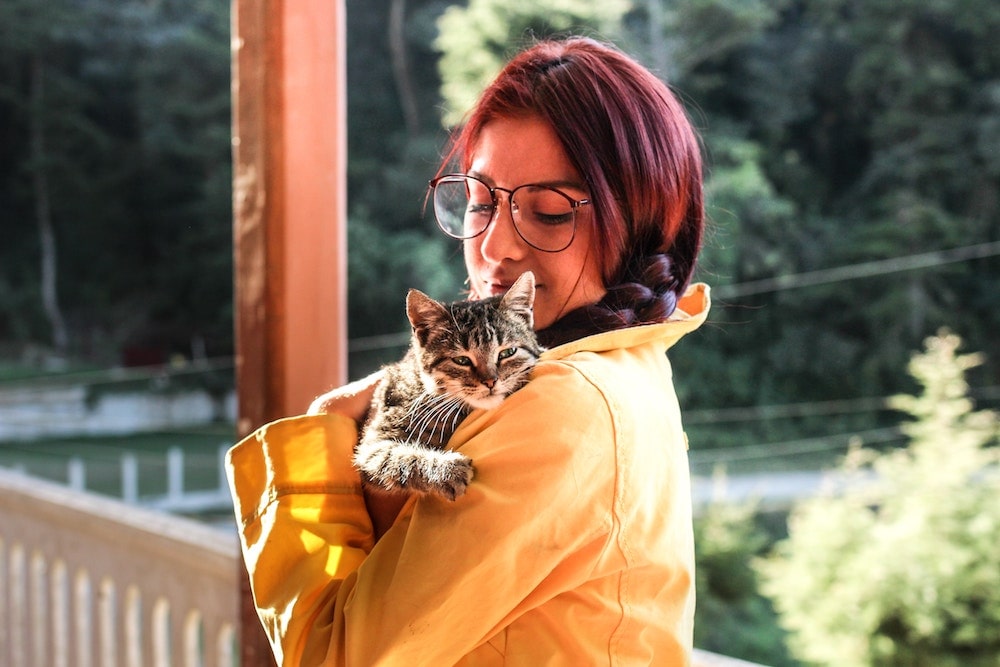
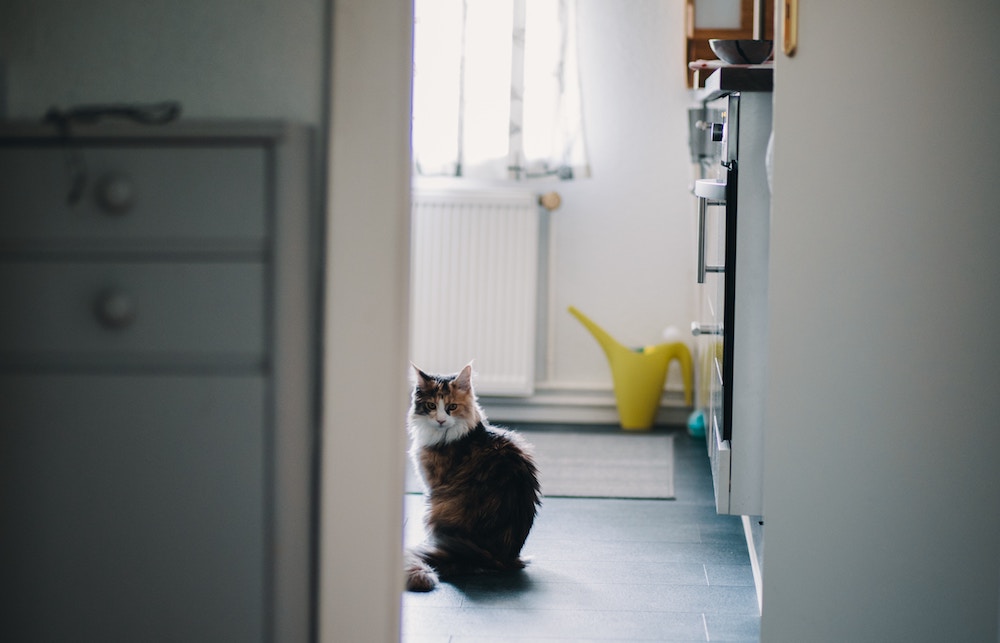
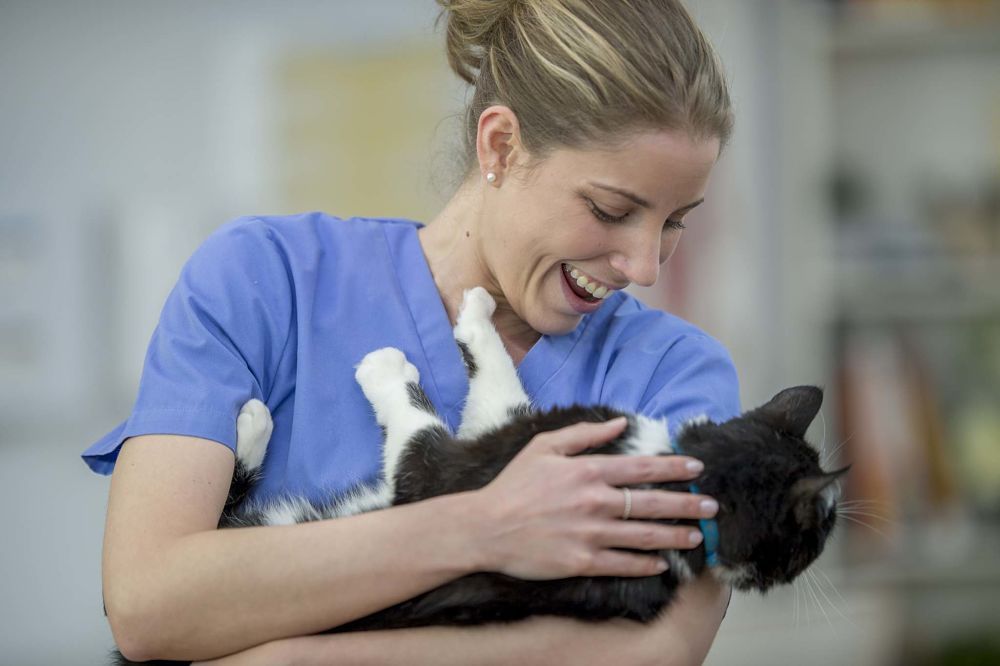
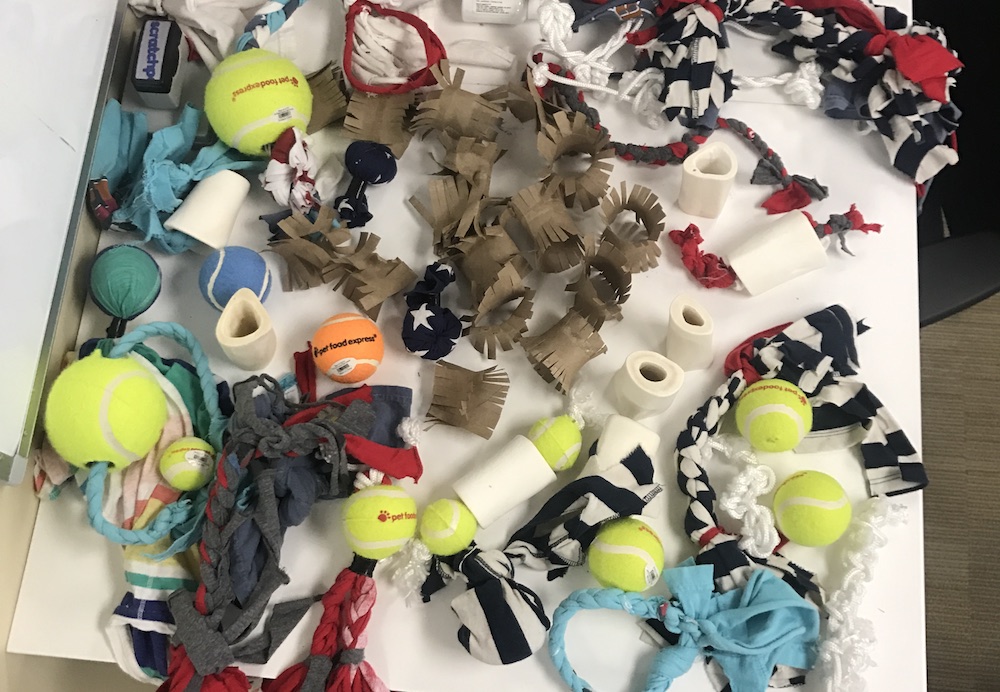






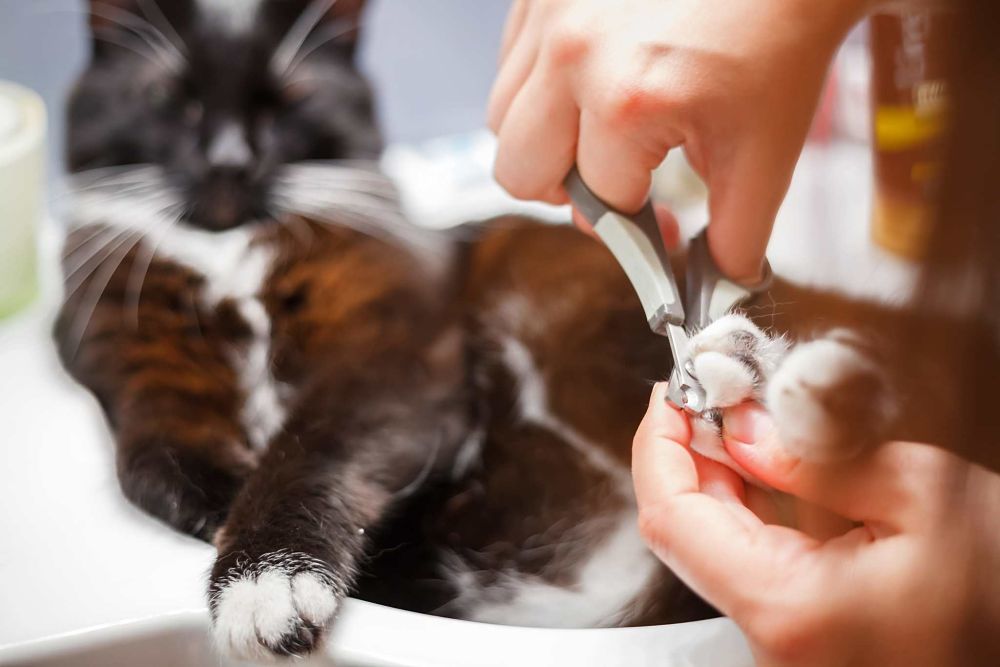
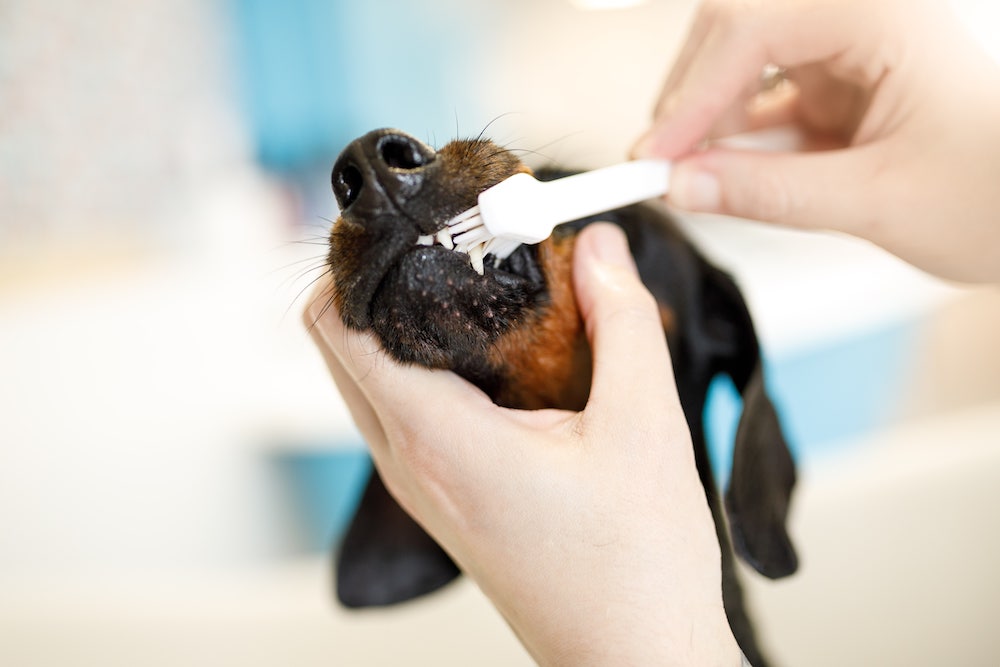
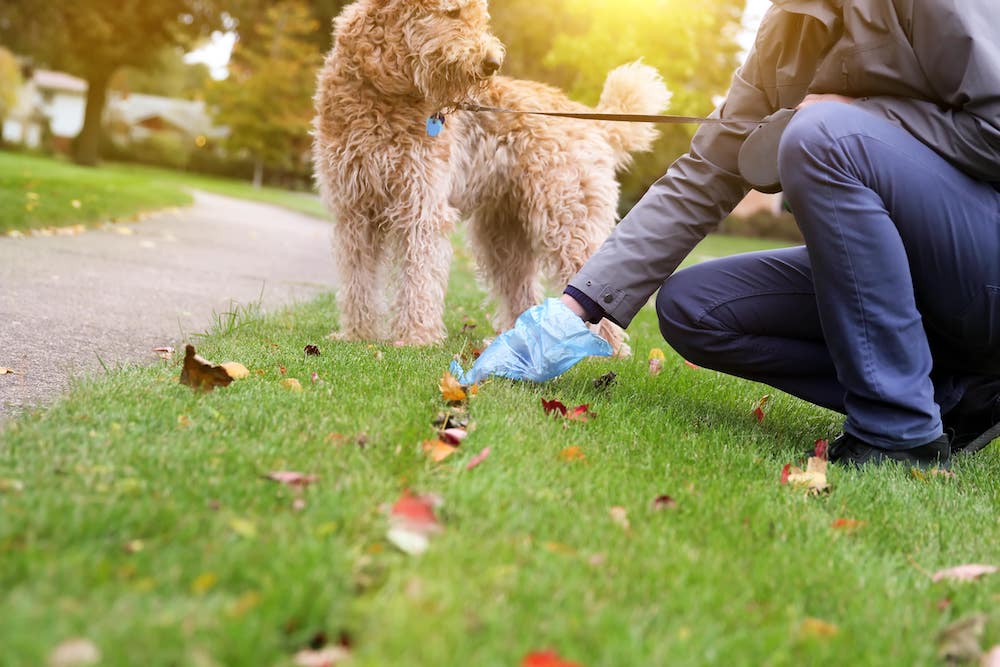
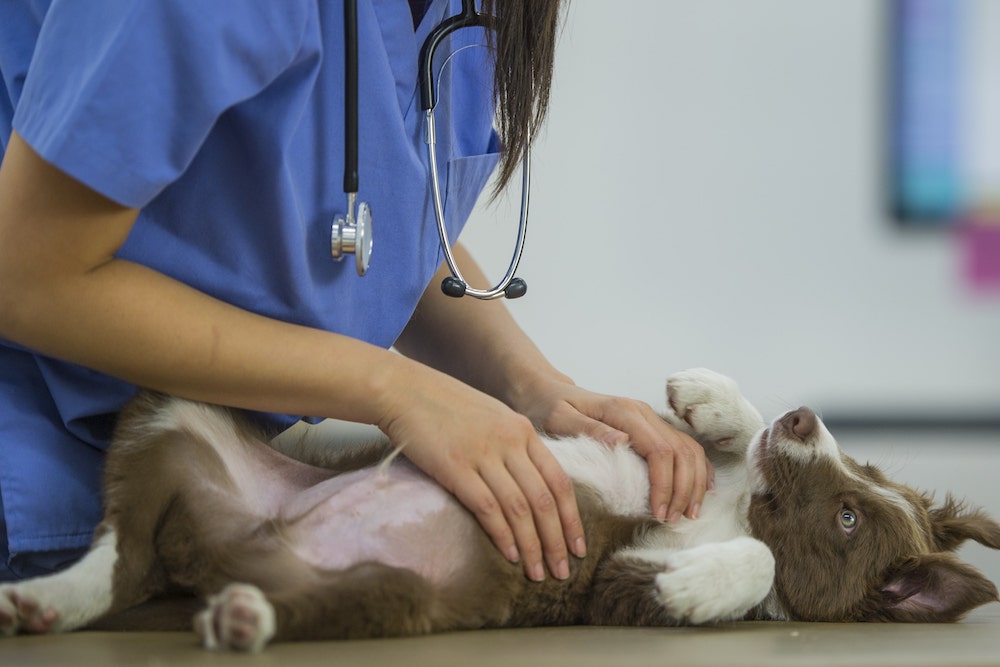
.jpg)



